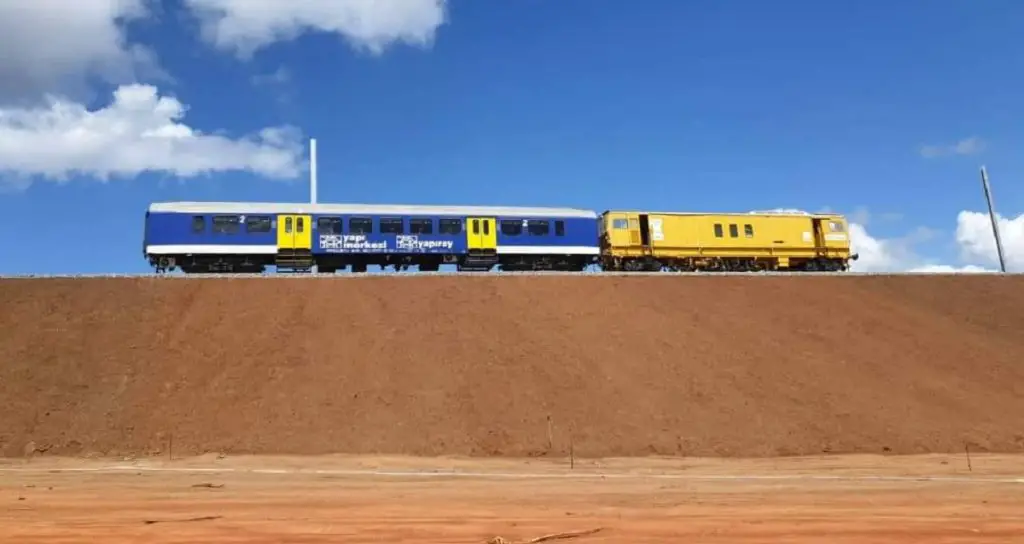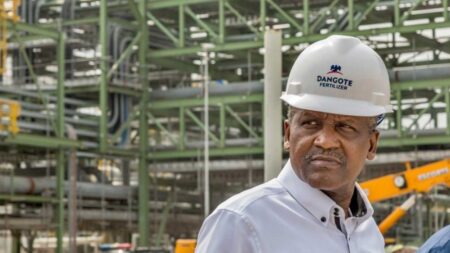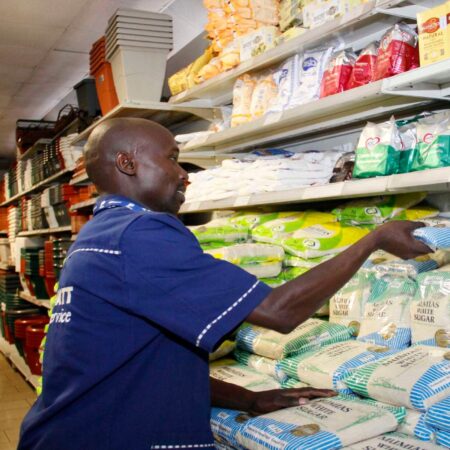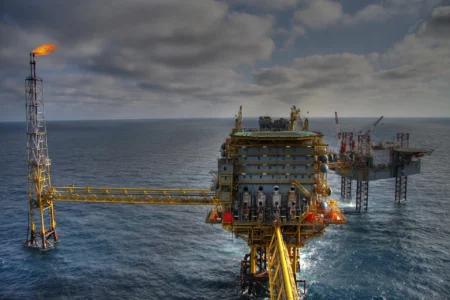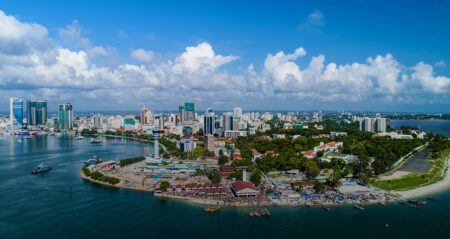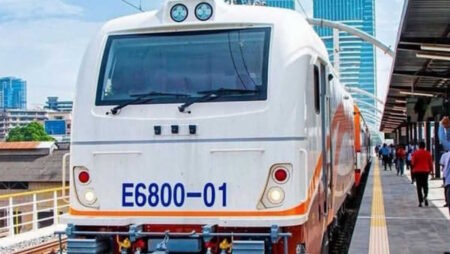- The estimated cost of trucks required as a result of AfCFTA is US$345 billion
- The estimated cost of aircraft required as a result of the trade agreement is US$25 billion
- The estimated cost of rail wagons required as a result of AfCFTA is US$36 billion while that of the vessels is US$4 billion
The magnitude of Africa’s potential in trade and economic growth is only coming to light now with the African Continental Free Trade Area (AfCFTA) agreement entered into force in 2019.
Implementing the AfCFTA fully will increase intra-African trade through the elimination of import duties. By just reducing non-tariff barriers, intra-African trade could double.
The implementation of the Free Trade Area will lead to an increase in intra-African freight demand of around 28% by 2030 in comparison to a scenario without its implementation. Specifically, demand for road, rail, maritime and air freight will increase by 22%, 8%, 62% and 28% respectively.
According to the United Nations Economic Commission for Africa (ECA), the modal share on rail would increase from 0.3% to about 7% with Africa requiring close to 2 million additional trucks, over 100,000 rail wagons, 250 aircraft, and more than 100 vessels by 2030, if the AfCFTA is fully implemented.
Aircraft demand to support trade flows within West Africa will increase by 13.2% by 2030 while trade between North and West Africa would increase demand for aircraft by 12.9%. Within Southern Africa, the demand for aircraft will increase by 12.2%.
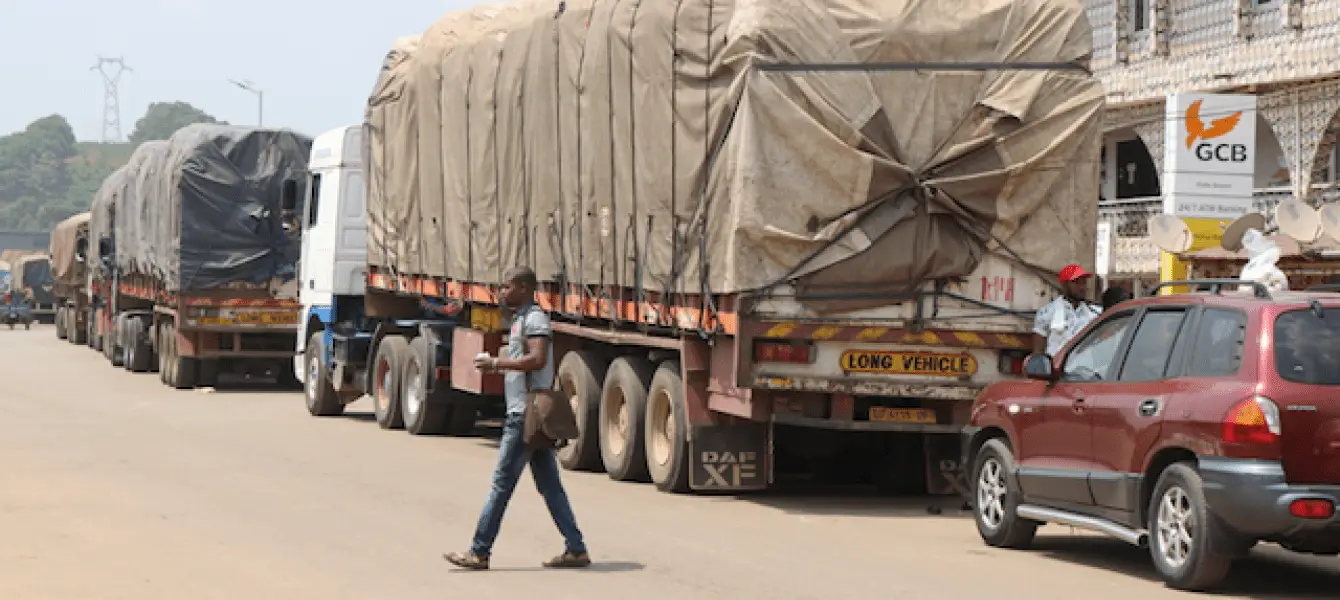
The latest ECA study has also identified critical links where existing infrastructure lacks the capacity to accommodate the predicted increase in trade flows. This provides an indication of where investment should be channelled.
What is evident from the study is that the transport sector will strongly benefit from AfCFTA.
This benefit, however, will only be optimized if the AfCFTA is accompanied by the implementation of regional infrastructure projects. The estimated cost of trucks required as a result of AfCFTA is US$345 billion, while the estimated cost of aircraft required as a result of the trade agreement is US$25 billion.
The estimated cost of rail wagons required as a result of AfCFTA is US$36 billion while that of the vessels required as a result of AfCFTA is US$4 billion.
During a presentation of the opportunities at the Annual Investment Meeting 2022 (AIM) under the Africa regional focus session themed, “Implications of the African Continental Free Trade Area for the Demand for Transport Infrastructure and Services,” data shows that implementing AfCFTA and planned infrastructure projects would result in the need for 2,213,579 trucks, 169,339 rail wagons, 135 vessels and 243 aircraft.
In Africa, rail currently transports just 0.3% of total intra-Africa freight. This increases to 6.8% with the implementation of AfCFTA. The estimated cost of equipment required by different transport modes to cope with AfCFTA is about U$411 billion.
Investment opportunities in infrastructure development and fleet expansion vary across sub-regions for different modes of transport.
The AfCFTA was implemented in 2021 but negotiations are still ongoing on investment, intellectual property rights, competition policy and e-commerce. The objective of all these is to create a single continental market for goods and services, with free movement of people and investments, enhancing competitiveness and supporting economic transformation.
ECA’s latest estimates show that intra-African trade in transport services has the potential to increase by nearly 50%. In absolute terms, over 25% of intra-African trade gains in services would go to transport alone; and nearly 40% of the increase in Africa’s services production would be in transport.
The AfCFTA is therefore expected to significantly increase traffic flows on all transport modes: road, rail, maritime and air.
To tap into these opportunities, China was early to the party with its Belt and Road Initiative (BRI).
The BRI is one of the world’s major infrastructure programmes, covering nearly 60% of the global population and contributing a third of global trade and GDP.
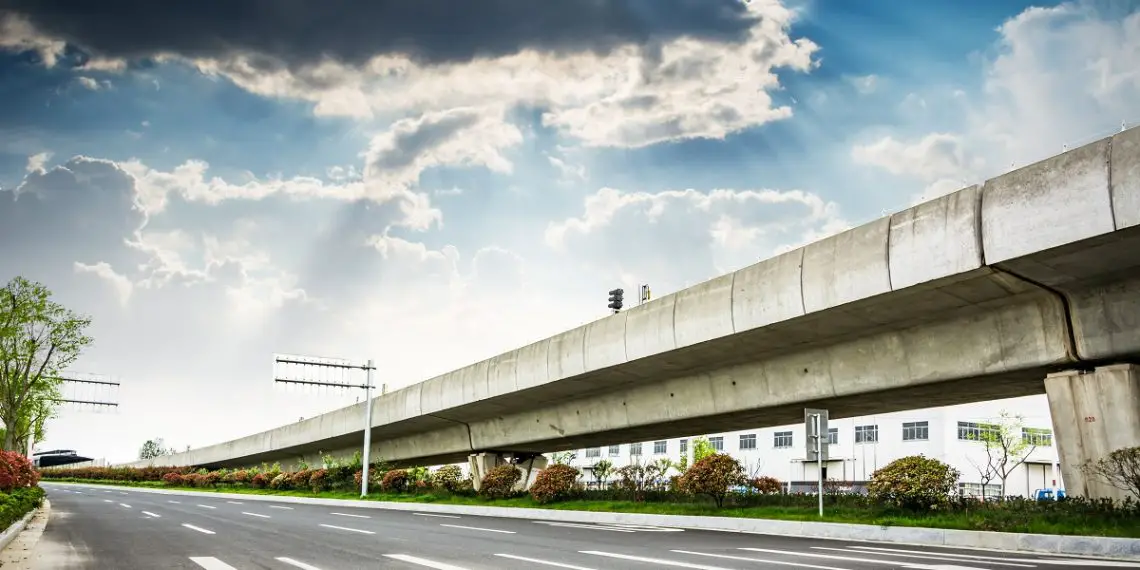
According to the World Bank, the BRI transportation infrastructure can save travel times by up to 12% once fully built. It could also raise up to eight million people out of extreme poverty by increasing commerce by between 2.8 and 9.7% for corridor economies.
The Lake Victoria-Mediterranean sea navigation line-linkage project, the Lamu Port-South Sudan-Ethiopia transport corridor, the Northern corridor trade route in Africa linking the maritime port of Mombasa to countries in Africa’s Great Lakes region, and the Trans-Africa highway, the North-South Passage Cairo-Cape Town pass way, and the Port Sudan-Ethiopia railway connectivity are all part of the BRI.
China’s influence in Africa has been rumbling for a decade with the West reduced to a virtual observer state by the Asian behemoth.
The Asian economic giant has been a welcome handyman in mending issues through expensive infrastructural projects commissioned by politicians who have a big legacy stake in them, as the latest rush for the resource-rich continent takes momentum and the move from assistance dependence to domestic solutions. However, individuals and observers are more intrigued by these undertakings than they are by the answers.
The concerns stem from the reality that economies have not grown as rapidly in actual life as they are depicted in papers and showy GDP predictions. Many countries are now in the negative when loans come due and they have no way of paying them back.
These African countries are suffering as a result of their liaisons with the resource-hungry nation, but China is continuing with its Belt and Road Initiative (BRI), which connects countries by creating infrastructure across continents, potentially making transportation easier in the future.
Due to major projects that are reshaping not only transportation but also skylines across numerous countries, China may be claimed to have accomplished far more in Africa than the West in the eight years it has been on the continent.
The BRI, though, is still China’s favourite initiative.
While other nations and their commercial interests are becoming involved in the BRI, China stands to earn the most, since commerce between China and countries affiliated to or linked to the BRI reached US$6 trillion in 2017. As the initiative continues to draw additional trade ties, this amount is likely to rise.
With the AfCFTA and the need for infrastructure developments, China is ahead of the pack and investors interested in this sector are spoilt for choice. The AfCFTA enhances opportunities for both government and private sector. It is now a matter of getting things done to move Africa.
Read: How China is shaping Africa’s Free Trade





